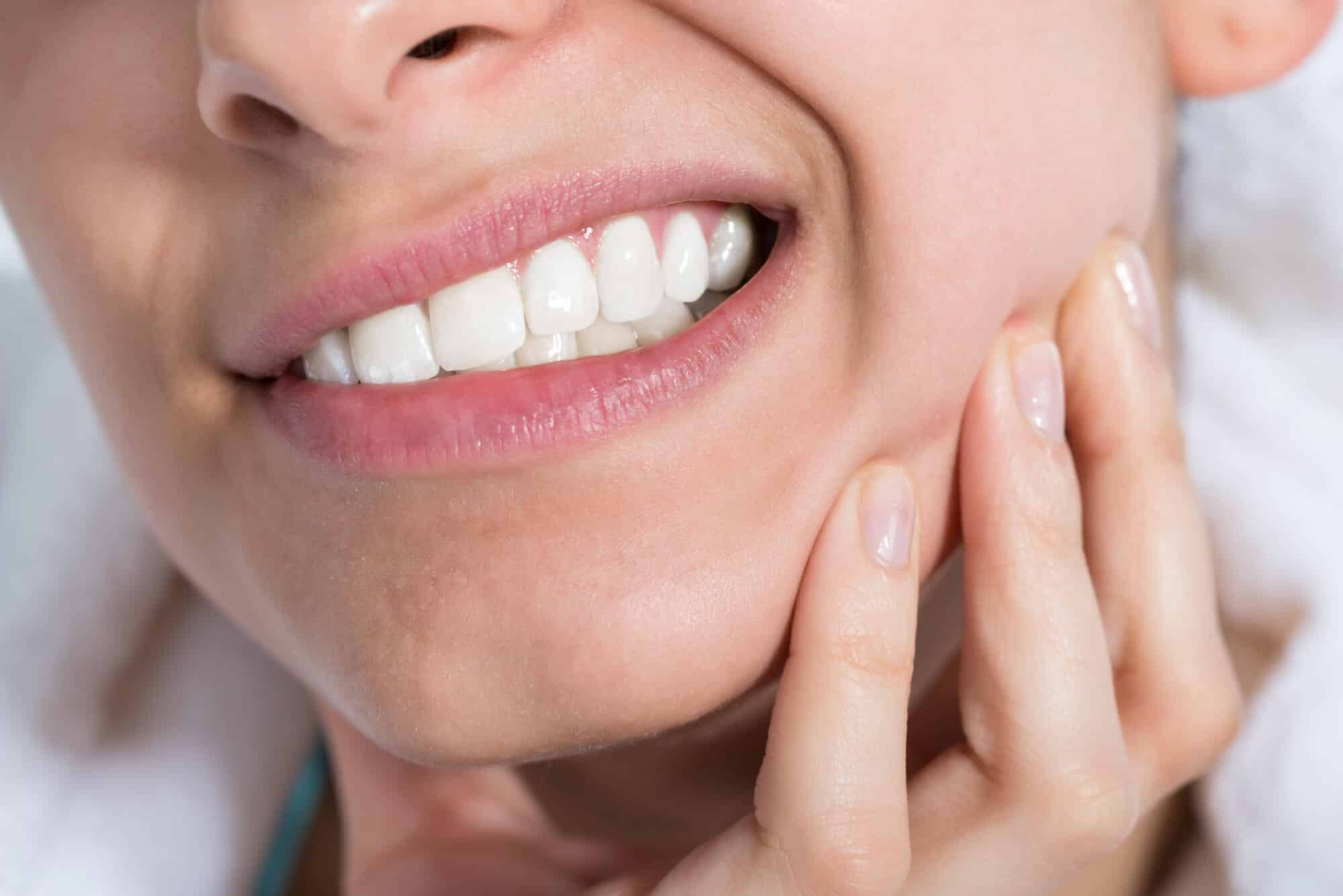Did you know that only 63% of American adults visited the dentist within the past year? If you don’t see the dentist often, you are more likely to have cavities, gum disease, and cracked teeth.
Because some tooth cracks are so small, some people have no idea they have one. If you have a cracked tooth and don’t treat it, it could become infected, cut your tongue, or cause tooth loss.
Are you worried that you may have cracked teeth? If so, keep reading to learn more about the symptoms, causes, diagnosis, and treatment options for cracked teeth.
Symptoms of a Cracked Tooth
Did you know that it’s possible to have a cracked tooth and have no symptoms? Because it’s possible to be symptom-free, you should visit your family dentist every six months to make sure you don’t have a cracked tooth.
If you do have symptoms, you may have swollen gums, pain while chewing, and sensitivity. You may also notice that your tooth feels misshapen, or it may be sharp and cut your tongue.
What Causes a Tooth to Crack?
Cracks in teeth can happen for several different reasons. One of the most common causes of teeth cracking is stress on the tooth. If you grind your teeth at night or bite down too hard, you can break a tooth.
You also can break a tooth from hitting your mouth during a fall, car accident, or sporting event. If you plan on playing a high-impact sport, you should wear a mouth guard to protect your teeth.
In some cases, changes in extreme temperature can crack a tooth. If you burn your mouth eating something hot, don’t use a cold drink to cool your mouth down.
How to Diagnose Cracked Teeth
If you think you have a cracked tooth, the first step is to visit the dentist. Your dentist will start by asking if you have any pain, grind your teeth, or eat hard food, such as candy and ice.
After that, your dentist may feel around for the crack, look at your tooth with a magnifying glass, and check your gums for inflammation. In some cases, your dentist may use dye to get a better look at the tooth.
While an x-ray won’t show a cracked tooth, it can allow dentists to tell if your tooth looks unhealthy. If your tooth doesn’t have a healthy pulp, there may be a crack.
Treatment Options
The treatment options for your cracked tooth will depend on the location, size, and type of crack. While hairline cracks in teeth sometimes don’t need treatment, large cracks will.
Your dentist may choose to do a filling, bonding, or crown to fix your tooth. If the tooth is severely cracked, you may need a root canal, or your dentist may suggest pulling the tooth.
Are You Ready to Treat Cracked Teeth?
While having a cracked tooth may be stressful, there are steps you can take to fix it. Having a dentist repair cracked teeth can prevent tooth loss, infection, and other dental problems.
Are you looking for dental services in Temecula or Riverside, California? If so, contact us today to set up an appointment.

